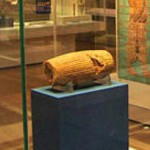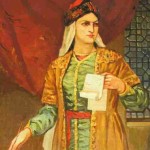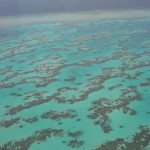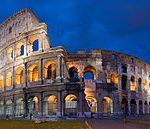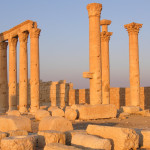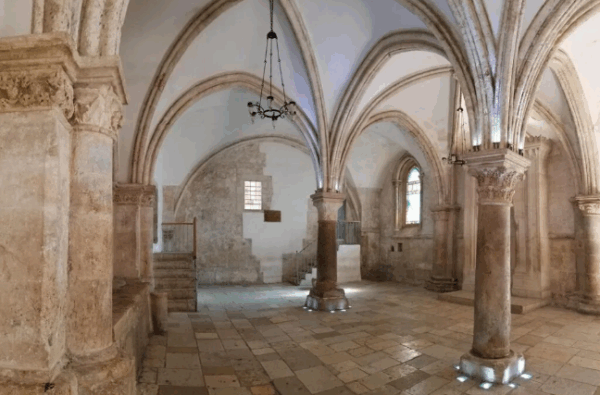 A team of researchers from the Austrian Academy of Sciences (ÖAW) and the Israel Antiquities Authority (IAA) found dozens of hidden medieval inscriptions within the Cenacle in Jerusalem—long believed to be the location of the Last Supper.
A team of researchers from the Austrian Academy of Sciences (ÖAW) and the Israel Antiquities Authority (IAA) found dozens of hidden medieval inscriptions within the Cenacle in Jerusalem—long believed to be the location of the Last Supper.
Hidden medieval graffiti deciphered in room of Jesus’ Last Supper in Jerusalem
The Hall of the Last Supper on Mount Sion. Credit: Heritage Conservation Jerusalem Pikiwiki Israel
With the help of advanced imaging techniques such as ultraviolet filters, Reflectance Transformation Imaging, and multispectral photography, the researchers captured nearly 30 inscriptions and nine drawings on the walls of the room. These marks were plastered over for centuries and rediscovered only in the 1990s when the room was being restored.
The findings, which were recently published in Liber Annuus, the yearbook of the Studium Biblicum Franciscanum, offer a glimpse into the lives of Christian pilgrims who visited the site between the 14th and 16th centuries.
Hidden medieval graffiti deciphered in room of Jesus’ Last Supper in Jerusalem
Carved Coat of Arms with the inscription “Altbach”. This image is almost identical to the coat of arms of the modern city of the same name in southern Germany. It appears to have been left by an unknown pilgrim from the local knightly family. Credit: Shai Halevi / © Israel Antiquities Authority
Among the discoveries is an Armenian inscription that reads “Christmas 1300.” It supports the controversial theory that Armenian King Het’um II could have reached Jerusalem after his army’s victory in the Battle of Wādī al-Khaznadār in Syria in 1299. The inscription, carved high on the wall in a style common among Armenian nobles, supports the king’s pilgrimage argument in history.
Hidden medieval graffiti deciphered in room of Jesus’ Last Supper in Jerusalem
Digitally remastered black-and-white multispectral image of the “Teuffenbach” coat of arms from Styria. Directly below, the half-erased date 14.. can be seen. To the right are two further inscriptions: the monumental Armenian Christmas inscription and a Serbian inscription “Akakius”. Credit: Shai Halevi / © Israel Antiquities Authority
Another inscription, written in Arabic, ends with the words “…ya al-Ḥalabīya.” Scholars believe that it was written by a Christian woman from Aleppo—based on the feminine grammatical form.
The Cenacle, located on Mount Sion, is sacred to Christians, Jews, and Muslims. Christians believe it to be the site of the Last Supper. Jews and Muslims consider it to be the tomb of King David. The current building was built during the Crusader period and once formed part of a Franciscan monastery before the Ottomans expelled the friars in 1517.
https://archaeologymag.com/2025/04/medieval-graffiti-in-room-of-last-supper/




